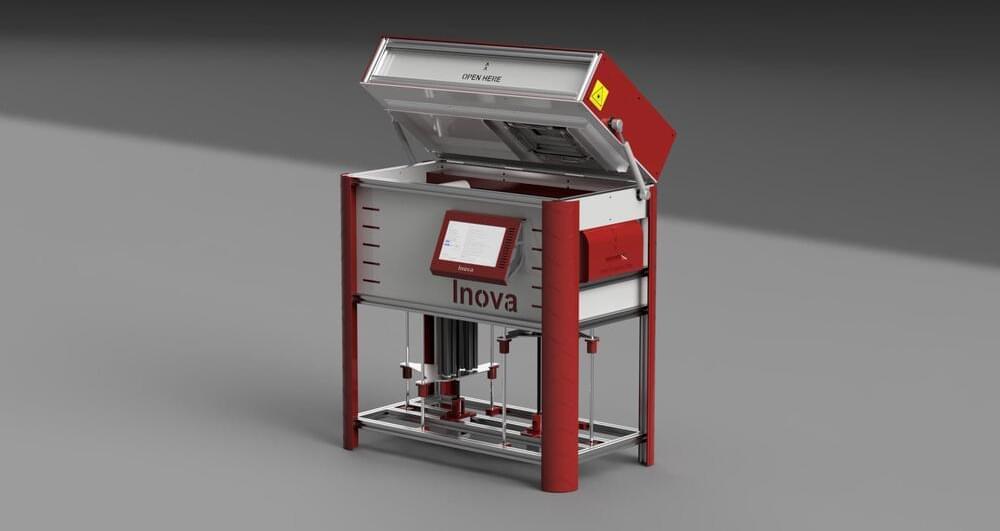Ten years ago the concept of having on our desks an affordable 3D printer knocking out high quality reproducible prints, with sub-mm accuracy, in a wide range of colours and material properties would be the would be just a dream. But now, it is reality. The machines that are now so ubiquitous for us hackers, are largely operating with the FDM principle of shooting molten plastic out of a moving nozzle, but they’re not the only game in town. A technique that has also being around for donkeys’ years is SLS or Selective Laser Sintering, but machines of this type are big, heavy and expensive. However, getting one of those in your own ‘shop now is looking a little less like a dream and more of a reality, with the SLS4All project by [Tomas Starek] over on hackaday.io.
[Tomas] has been busy over the past year, working on the design of his machine and is now almost done with the building and testing of the hardware side. SLS printing works by using a roller to transfer a layer of powdered material over the print surface, and then steering a medium-power laser beam over the surface in order to heat and bond the powder grains into a solid mass. Then, the bed is lowered a little, and the process repeats. Heating of the bed, powder and surrounding air is critical, as is moisture control, plus keeping that laser beam shape consistent over the full bed area is a bit tricky as well. These are all hurdles [Tomas] has to overcome, but the test machine is completed and is in a good place to start this process control optimisation fun.
Hardware-wise, the frame is the usual aluminium extrusion and 3D printed affair, with solid aluminium plates all over the place where needed. Electronics are based around a Raspberry Pi (running Klipper) with a BigTreeTech 1.4 turbo mainboard handling the interfacing. The 5W blue laser is steered over the powder surface using a pair of galvanometers, which sounds easier to get right than it will be — we fully expect there to be some ‘fun’ to control the spot size and shape as well as ensure that it stays consistent over the full area of the build surface. Definitely fun times, and fingers crossed that [Tomas] irons out the details and gets some good prints out of it soon!
